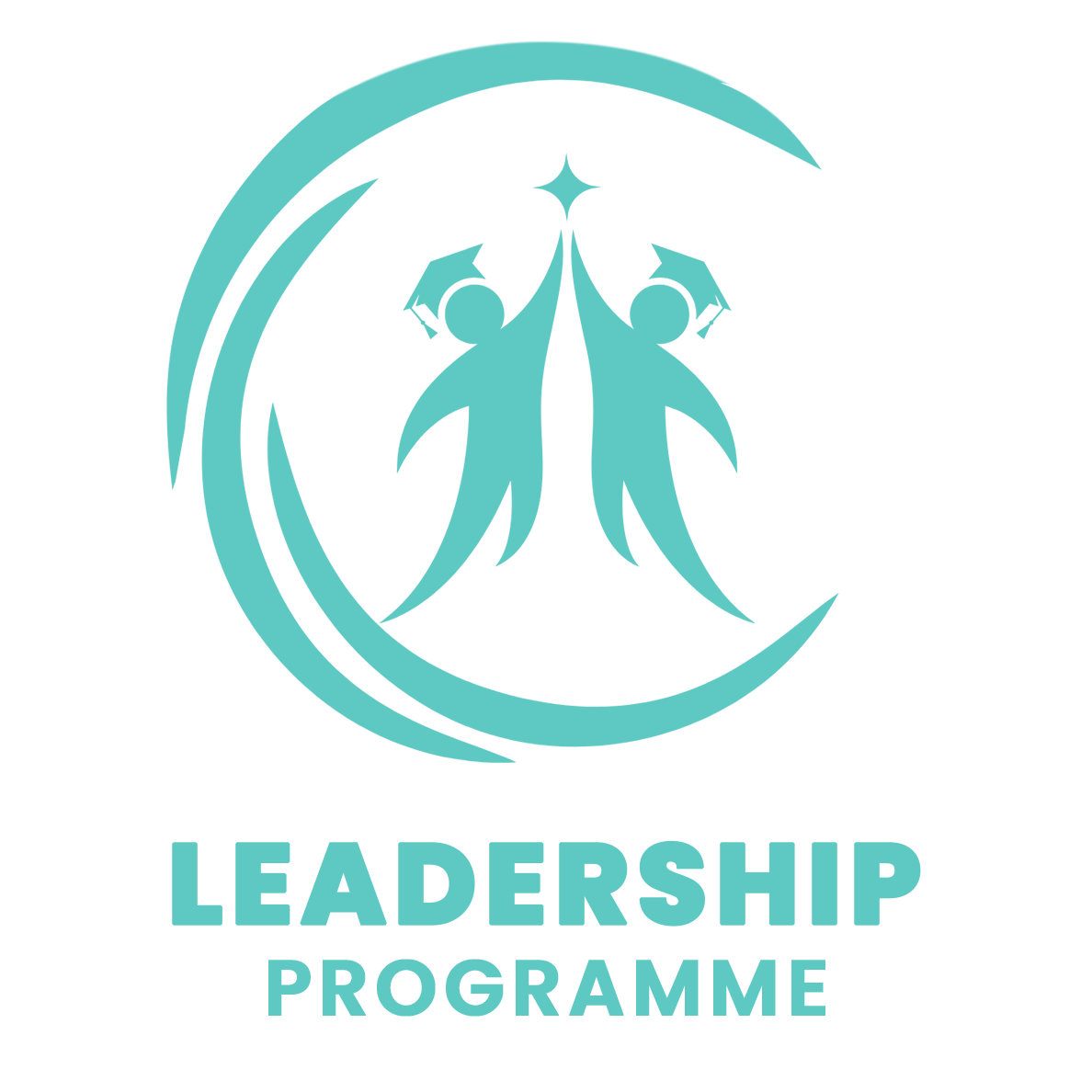
The Crisis of Music Education
The process of individualization that has characterized modern society since the beginning has meant more freedom, but recently the process of globalization has taken away old securities, making change and flexibility the other face of freedom (Sennett, 2001). Through organic solidarity, Durkheim describes two positive qualities in the division of labour in society (1893): the first is that each individual is related to a society or organization without any intermediary and depends fully on it; the second is that society or organizations have a totality of beliefs and sentiments common to all members of the group. To describe the crisis of music education in the present day we need to think about how the division of the labour is organized. According to Durkheim schools are a sub-system of the whole system and teachers, through education, transform the individual into a social being, reinforcing the fundamental relationships required by life in the community (Filloux, 1993).

I am going to cite only a few examples of the music educational crisis around the world; firstly, Pitre (2014), confirmed that the crisis of education in The United States is associated with the focus on standardized test performances which means that there is increased pressure on teachers in the areas of maths and English and less emphasis placed on testing the arts, instead of investing in effective learning and teaching methods.
Pergola (2014), summarizes that many schools believe that cutting or eliminating music programmes will ease budget restraints with little or no detrimental effect on students. Whenever programme or funding cuts are made to music programmes, school boards always claim that the arts are not being unfairly targeted, but the truth is that cutbacks in the arts have never been proportionately fair when compared to cutbacks in other programmes or subjects.
In Norway for the last 15 years, Arts have had no place in Norwegian schooling. General teachers have been the ones to facilitate a far from desirable arts course that has been more about meeting criteria than discovering the world of music, theatre, and visual art. (Jay, 2012). In the UK there is a strong sense of crisis in schools and conservatories. According to Wexler (2000) cited by Benjamin (2009, p.12), these institutions have worked within a pyramid scheme, which prepares young musicians at great expense for a profession in music which perhaps only 10% will realise, and which ultimately only serves to perpetuate those institutions themselves, as the graduates become the professors.
The problem we can see in this situation is that firstly the governments are not well prepared to invest money and develop an adequate and innovative art programme, thus they are not able to share social norms as important values as Durkheim affirms in the division of labour, and these governments or organizations are not developing new means of reinforcing social norms and a shared sense of affiliation (Shortell, 2002). The difference for Parsons is that these institutions are generalized patterns of norms of prescribed categories, which permit and prohibit behavior in social relationships. Institutions have the power to differentiate roles and individuals are expected to be successful (Thompson, 2012).

How can individuals and, in this case, teachers be successful, motivate, inspire students and create a new generation of learners, if they are trained using old criteria and the leadership don’t use their talents? Parsons affirms that modern societies consist of the adaptation of the personality structure of individuals to the functional imperatives of its institutions. How will it be possible for individuals to be engaged in the life learning process if governments don’t help them to grow and work well together? Durkheim sees individualism as a key feature of the process of modernization; however, to see that in the next future, governments, institutions, and organizations need to invest in training, support teachers, and develop new technologies and methodologies to allow everyone to access high-quality music instruction. As the Seoul agenda in the UNESCO’s second world conference on Art education affirms, creativity is an important and an essential part of education and has to be encouraged in schools (Sharp, Le Métais, 2000).
The study and experience of the arts are universal and are considered to be an indispensable component of a well-rounded education (Sharp, Le Métais, 2000). However some societies and governments, due to religious or economic issues, do not agree with this statement, despite the fact that politicians probably have music in their daily life. Through music education, students are linked and collaborate together, recognizing the importance of their tradition and culture. They learn important values of life, how to express their skills, critical thinking, problem-solving, and talents that they will apply to their life-long learning. Musical artists exist all over the world to entertain people. However, the finest purpose of music is to promote appropriate social conditions, support positive changes in society, and encourage economic development, world peace, and human development
Tag:crisis, music, music education





